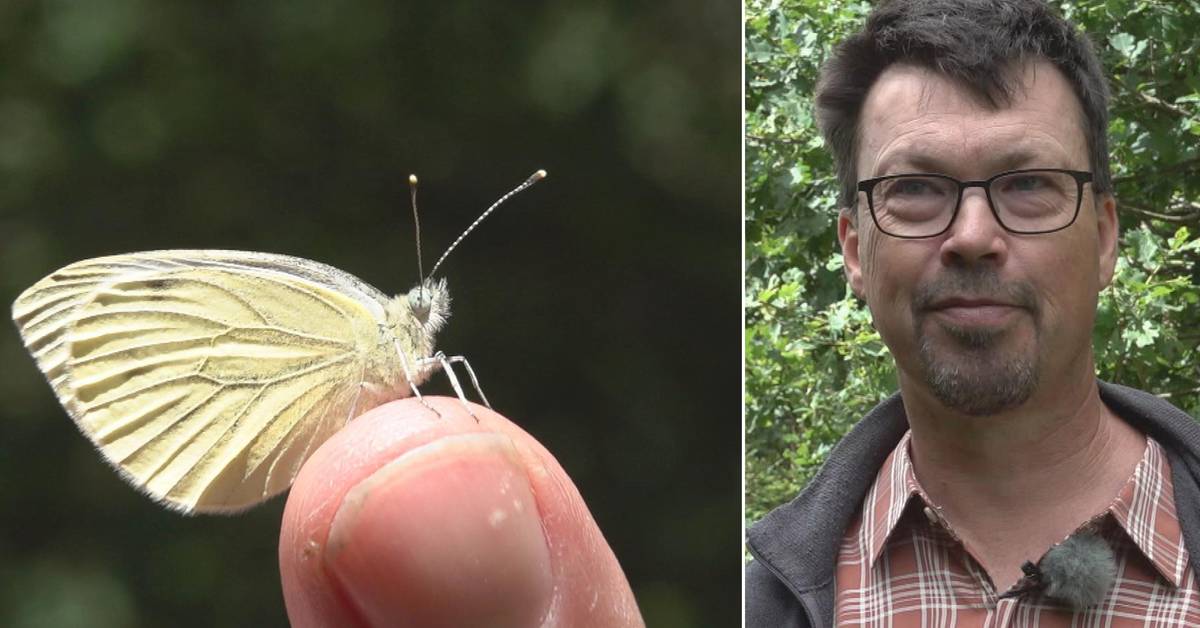The rain saves the situation for caterpillars and the adult butterflies that will fly now, but those that were supposed to fly in May or June, have had a tough time.
"If the caterpillars' host growth has dried up, there is nothing for them to eat and no nectar for the adult butterflies," says Lars Pettersson.
Lars Pettersson is the coordinator of the Swedish Butterfly Monitoring, which has been surveying butterflies for fourteen years. About 300 volunteers across the country are taking part in the count.
"We have seen a decrease in several species at the beginning of the year," says Lars Pettersson.
Endangered species became extinct in 2018
He himself has a loop that he is taking stock of in Billebjer outside Lund, where we are right now.
"There are usually many individuals and species here, but when I walked here in May and June, it was almost empty.
Many butterfly species were hit hard by the drought in 2018 and have not recovered yet. The odorous grass butterfly was Sweden's most common butterfly until the drought in 2018, but has now dropped down to second place after the lemon butterfly.
Two threatened butterfly species also died out completely in the summer of 2018.
Does it matter if the butterflies are decreasing?
"The moth gives a good picture of how other insects are doing. If the butterflies decrease, it is likely that other insects will also decrease, which affects, for example, birds that eat insects and pollination when bees, bumblebees and hoverflies decrease.
Not just a dark future
Butterflies are also important pollinators.
"Maybe not the moth as much as the moth, it is a very important pollinator.
It is not only the drought that makes life difficult for the butterfly. A change in agriculture and fewer grazed land means that the butterfly's living conditions have changed.
But Lars Pettersson doesn't just have a dark view of the future. Although some species disappear, new species come from the south. And the butterflies are quick to adapt to new crops when the vegetation changes.
"When the drought killed the grass in 2018, fists and violets came instead. It favored a blue wing that we suddenly had more of than ever.

